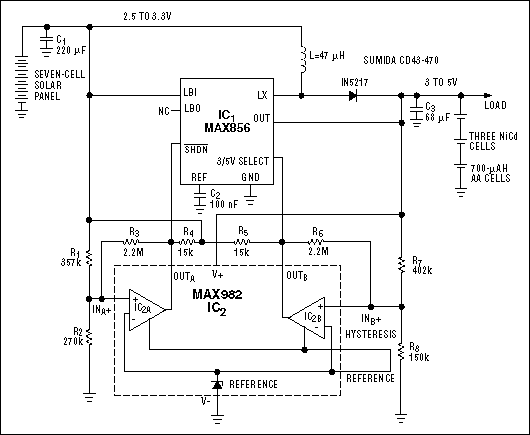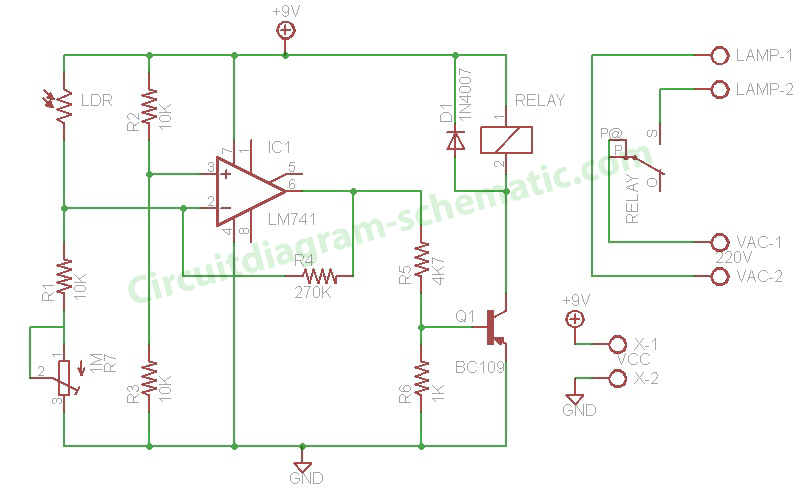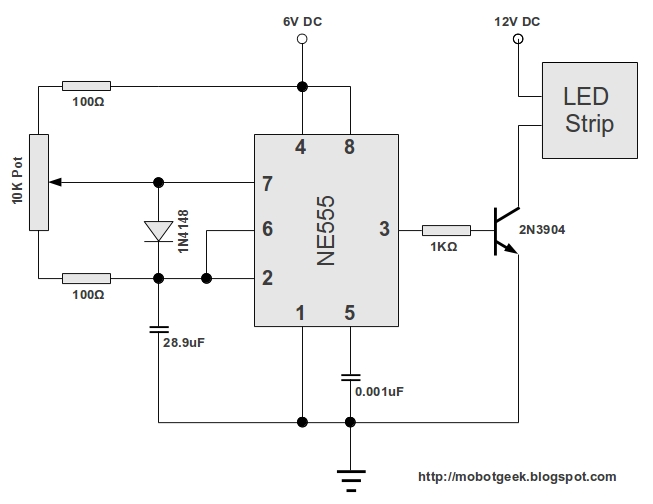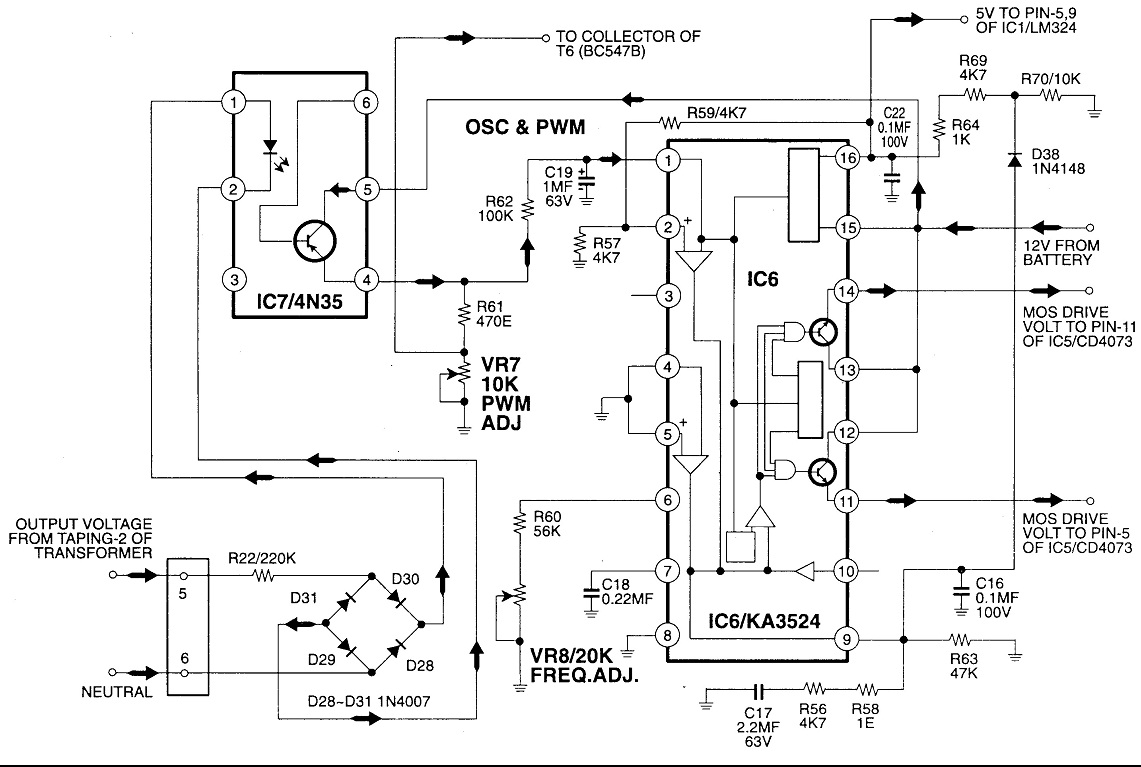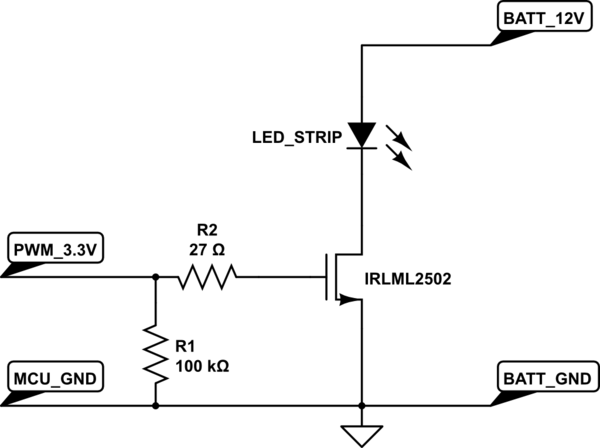
LM358 IC Solar Controller
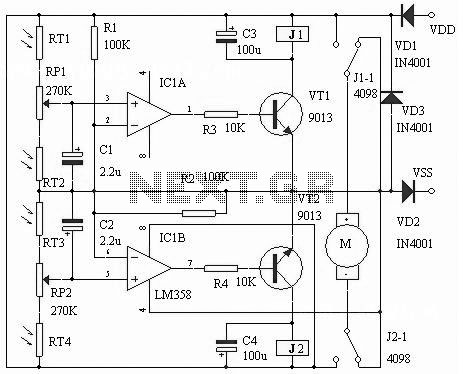
The following circuit illustrates an LM358 IC Solar Controller Circuit Diagram. Features include its application in mobile communications base stations and conversion capabilities.
The LM358 IC Solar Controller Circuit utilizes the operational amplifier LM358 to regulate and manage solar energy. This circuit is designed to optimize the charging of batteries, ensuring efficient energy conversion from solar panels. The LM358 consists of two independent, high-gain, frequency-compensated operational amplifiers, making it suitable for various applications, including solar energy management.
In this configuration, the circuit typically includes a solar panel, a battery, and the LM358 IC. The solar panel generates voltage when exposed to sunlight, which is then fed into the non-inverting input of one of the operational amplifiers. The output of this amplifier controls a switching element, such as a MOSFET or a relay, which connects or disconnects the solar panel from the battery based on the battery's charge level.
The second amplifier in the LM358 can be used for voltage comparison, ensuring that the battery does not overcharge by disconnecting the solar panel when the battery reaches a certain voltage threshold. Additional components, such as resistors and capacitors, are included to set the reference voltage levels and to filter any noise that may affect the operation of the circuit.
This solar controller circuit is particularly beneficial for mobile communication base stations, where reliable and efficient power management is crucial. It can also be adapted for various other applications that require solar energy conversion, making it a versatile solution for renewable energy systems.The following circuit shows about LM358 IC Solar Controller Circuit Diagram. Features: also as a mobile communications base stations, convert .. 🔗 External reference
The LM358 IC Solar Controller Circuit utilizes the operational amplifier LM358 to regulate and manage solar energy. This circuit is designed to optimize the charging of batteries, ensuring efficient energy conversion from solar panels. The LM358 consists of two independent, high-gain, frequency-compensated operational amplifiers, making it suitable for various applications, including solar energy management.
In this configuration, the circuit typically includes a solar panel, a battery, and the LM358 IC. The solar panel generates voltage when exposed to sunlight, which is then fed into the non-inverting input of one of the operational amplifiers. The output of this amplifier controls a switching element, such as a MOSFET or a relay, which connects or disconnects the solar panel from the battery based on the battery's charge level.
The second amplifier in the LM358 can be used for voltage comparison, ensuring that the battery does not overcharge by disconnecting the solar panel when the battery reaches a certain voltage threshold. Additional components, such as resistors and capacitors, are included to set the reference voltage levels and to filter any noise that may affect the operation of the circuit.
This solar controller circuit is particularly beneficial for mobile communication base stations, where reliable and efficient power management is crucial. It can also be adapted for various other applications that require solar energy conversion, making it a versatile solution for renewable energy systems.The following circuit shows about LM358 IC Solar Controller Circuit Diagram. Features: also as a mobile communications base stations, convert .. 🔗 External reference
